Tel: 0086769-23187408
Email: [email protected]
Tel: 0086769-23187408
Email: [email protected]
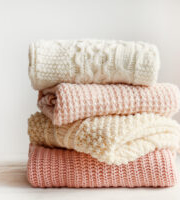
Made from cutting-edge materials and technologies, the cold-resistant fabric offers unparalleled protection and comfort in the toughest conditions, its advanced insulation ensures you stay warm, while its durable construction and abrasion resistance guarantee reliability . Whether you're venturing into the snow or freezing winds, cold-resistant fabrics are your best choice for conquering your limits and staying comfortable throughout your journey.
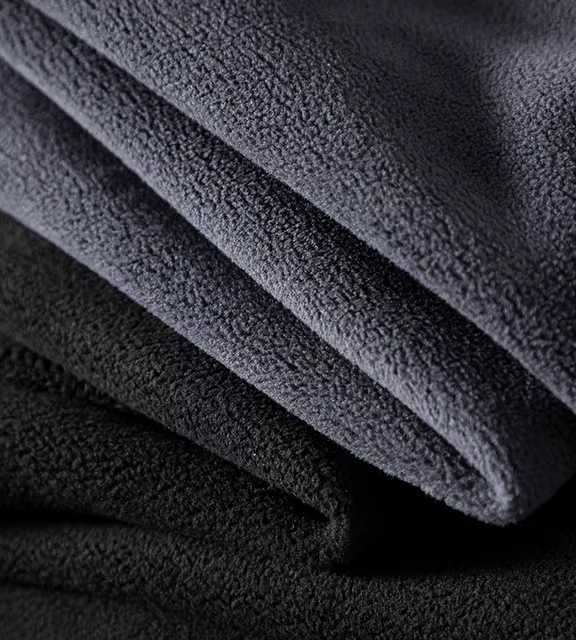
Our coldresistant fabric offers advanced resistance to temperature-induced cracking and brittleness. NIZE supports B2B manufacturers by delivering consistent materials suitable for garments, covers, and outdoor equipment that demand long-term durability in low temperatures.
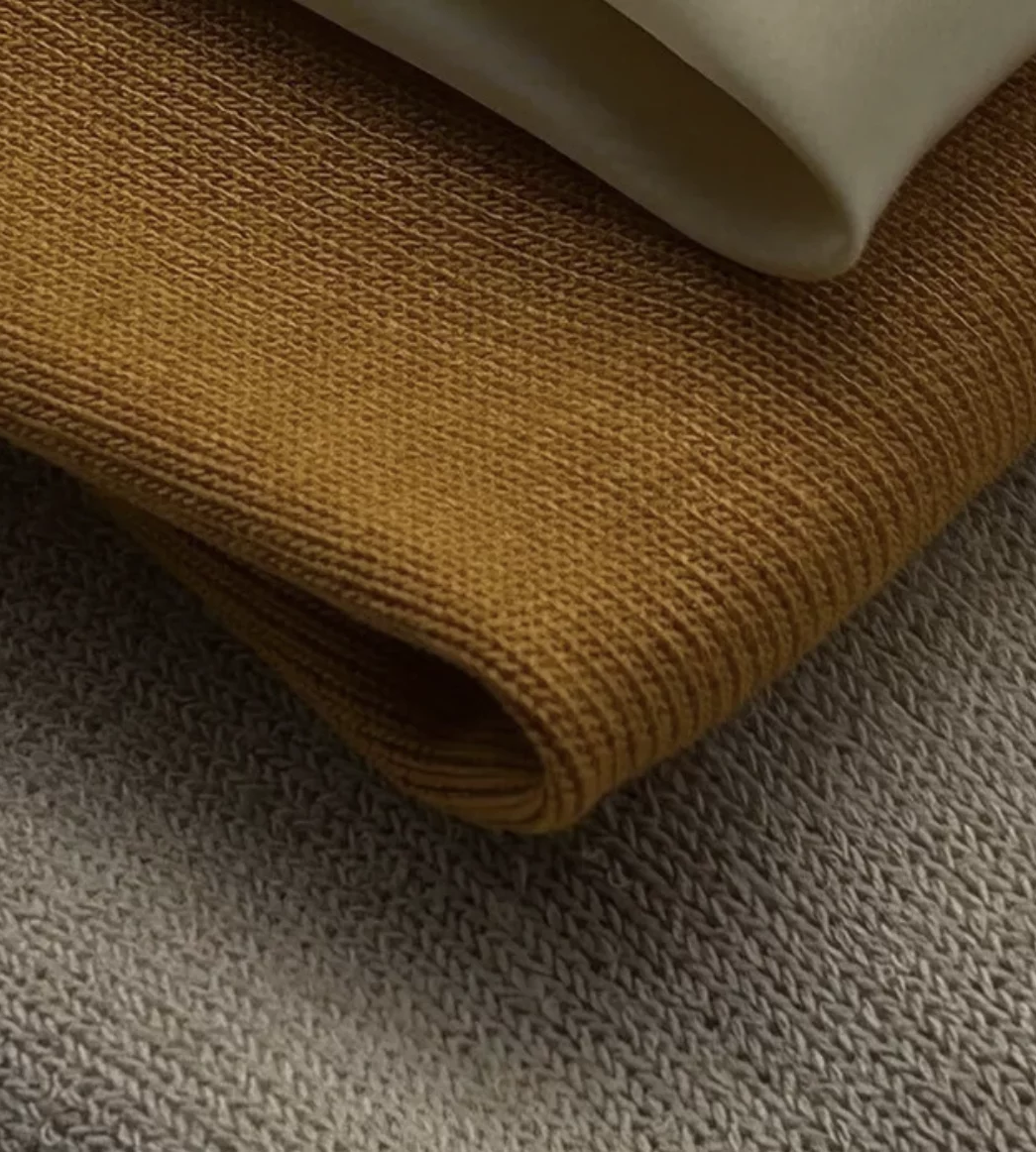
NIZE’s textile technology ensures that coldresistant fabric withstands repeated use without degradation. For B2B clients, this means fewer replacements, more stable product lines, and dependable performance across batches.
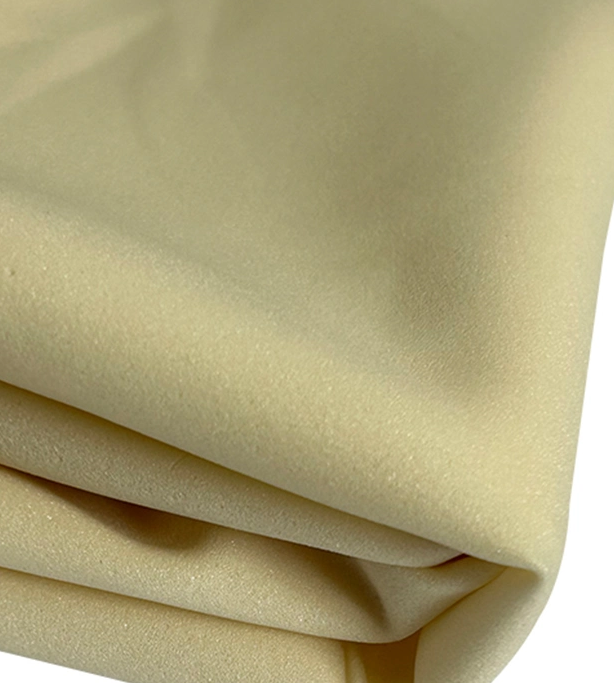
NIZE coldresistant fabric is engineered to retain thermal insulation while maintaining structural integrity. Our manufacturing process ensures uniformity and scalability, making it the preferred choice for companies in need of reliable cold weather textile materials.

Cold climate materials have long since evolved from being just insulating materials for countering cold temperature. A major attribute of contemporary cold weather clothes is the ability to breathe which keeps the wearer warm without any overheating or excessive moisture accumulation.
These are state-of-the-art materials that can effectively eliminate the sweat produced by body movement during sports as well as other activities. Air circulation within the fabric, which is made possible due to its special weaving patterns and tiny pores, induces sweating, thereby cooling the body and reducing humidity.
Moreover, thermal efficiency of cold resistant fabrics is not compromised by their breathability. They retain heat at close proximity to skin and allow perspiration to evaporate thus providing an ideal warm dry microclimate. Such dynamic exchange system prevents frostbite and hypothermia common in non-breathable winter wear.
In addition; this quality has also been enhanced by innovative treatment methods as well as membrane technology making cold resistant fabrics both durable and adaptable to different activities and weathers. Whether it is professional mountaineering gear or everyday winter garments, these fabrics change entirely how one thinks about staying comfortable and safe in freezing conditions with respect to the breathability.
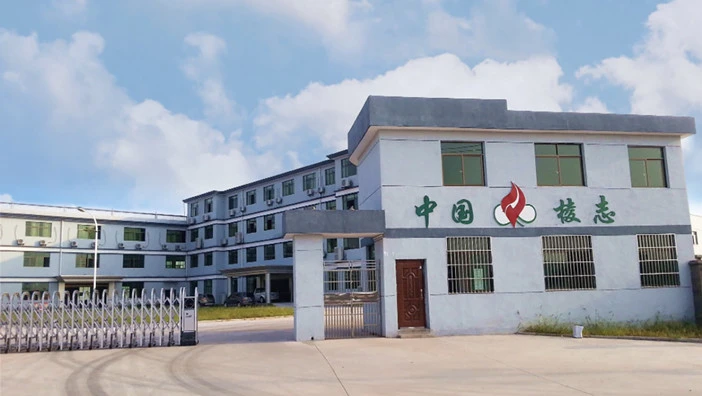
Nize New Materials is one of the world's leading material suppliers. We have more than 20 years of experience in this field and serve customers around the world. We also have world-class production equipment and an annual production capacity of 5 meters of ionic sulfate.
We focus on the research of the anti-piercing shoe midsole, interrupting the monopoly position of the anti-piercing cloth midsole inforeian countries. and producing the anti-piercing cloth midsole of our own branc, filing the domestic gap
The factory covers an area of 83.5 mu and has more than 22.500 sauare meters of production plant, 3,000 square meters of research anddevelopment center, 3,000 sauare meters of office space and more than 500 sets of advanced production and inspection equipment
We have excellent products and a professional sales and technical team that can provide satisfactory solutions according to your needs. If you are interested in our products, we look forward to your online message or call for consultation!
Our products cover a variety of functional materials, whether they are waterproof materials, wear-resistant materials, flame-retardant materials or thermal insulation materials, which can meet the needs of different industries and applications.
Cold-resistant fabric's durability in extreme cold conditions stems from its robust construction. It often incorporates reinforced stitching, seam sealing, and advanced fabric treatments to enhance its resistance to wear and tear. These features protect the fabric from damage caused by rough surfaces, sharp objects, and repeated use, ensuring its longevity and reliability.
The flexibility of cold-resistant fabric is crucial for unhindered movement and performance in cold environments. Despite its protective properties, the fabric remains lightweight and pliable, allowing for freedom of motion. This flexibility enables individuals to engage in activities such as winter sports or work tasks without compromising comfort or mobility.
Cold-resistant fabric finds applications beyond general cold protection. It is commonly used in specialized gear for outdoor activities like mountaineering, skiing, and ice climbing. Additionally, it is utilized in workwear for professionals who operate in extremely cold environments, such as Arctic explorers, cold storage workers, and winter sports instructors.
Cold-resistant fabric achieves thermal insulation through the use of specialized insulating materials, such as synthetic fibers or natural fibers like wool. These materials have high thermal resistance and are designed to trap and retain body heat, providing warmth in cold environments.
The durability of cold-resistant fabric in extreme cold conditions is influenced by several factors. These include the quality and strength of the fibers used, the fabric's construction techniques (such as reinforced stitching or seam sealing), and the ability to withstand abrasions from rough surfaces or contact with sharp objects.
